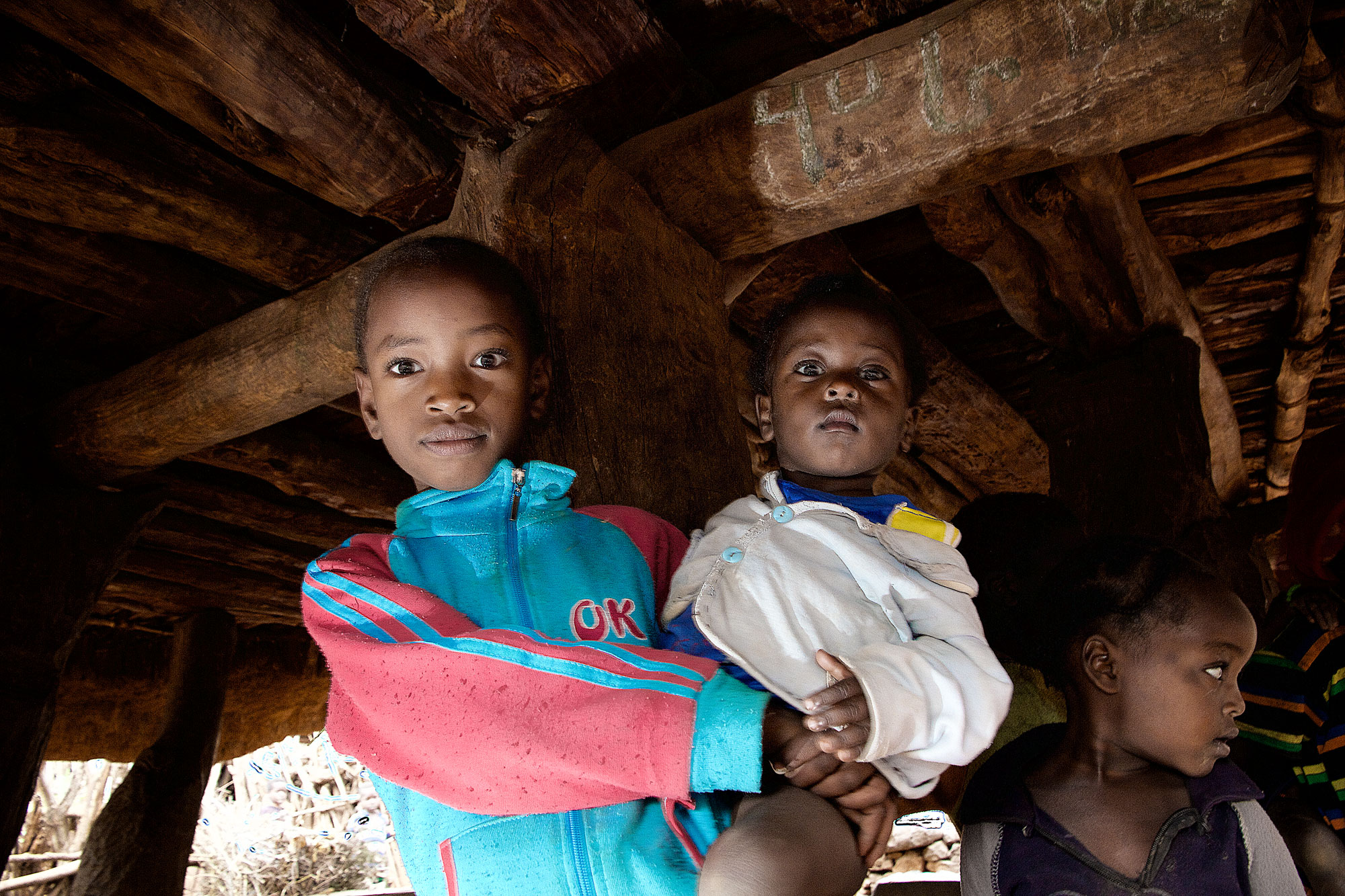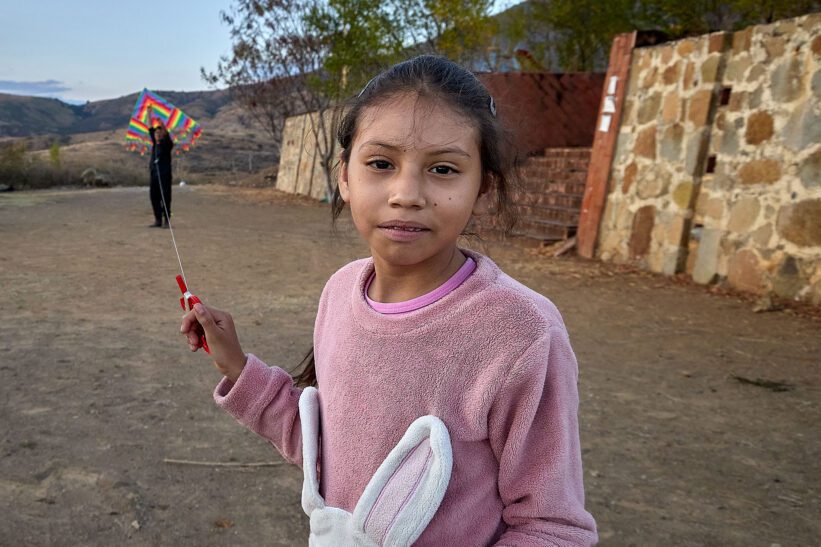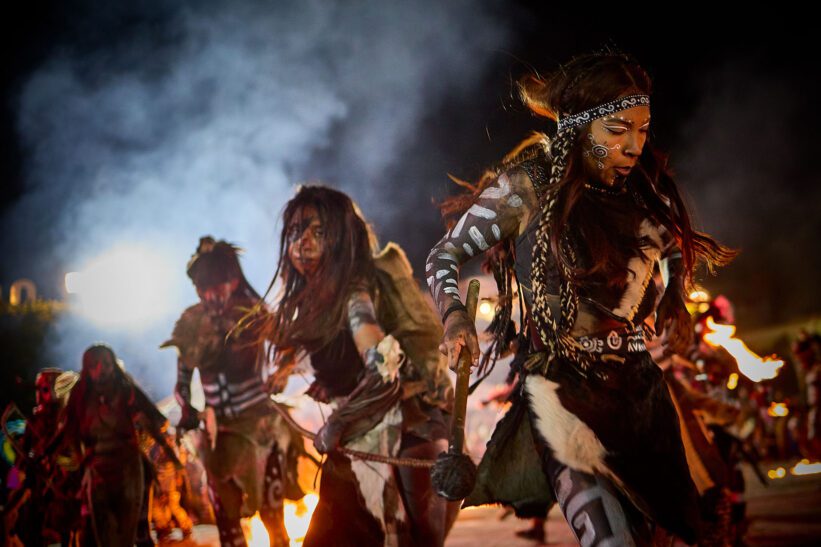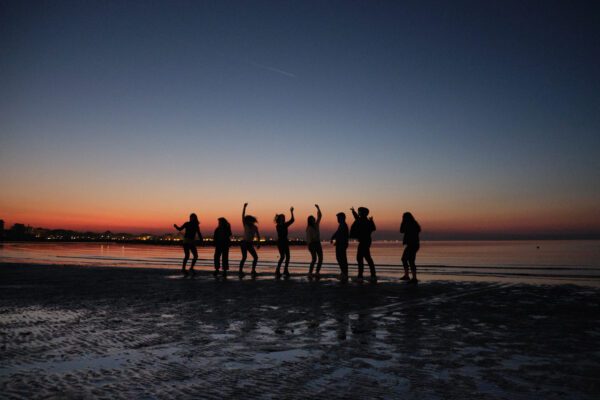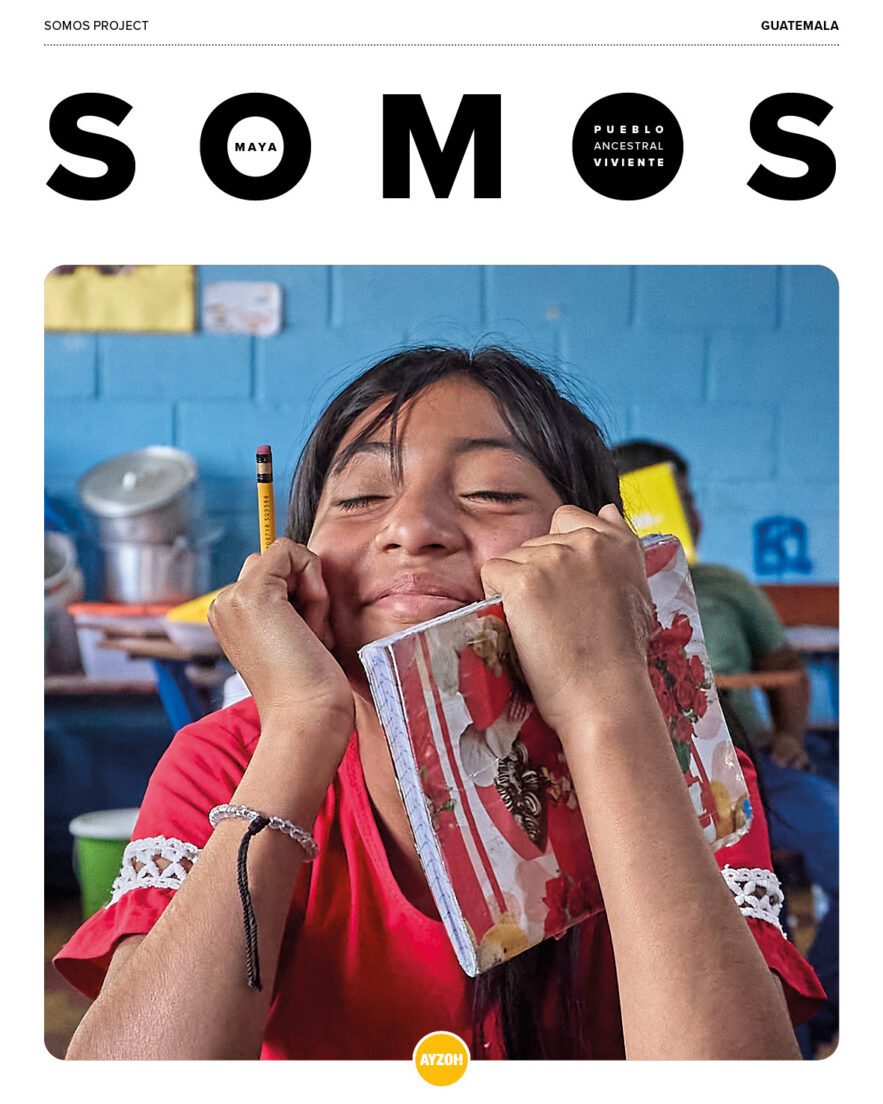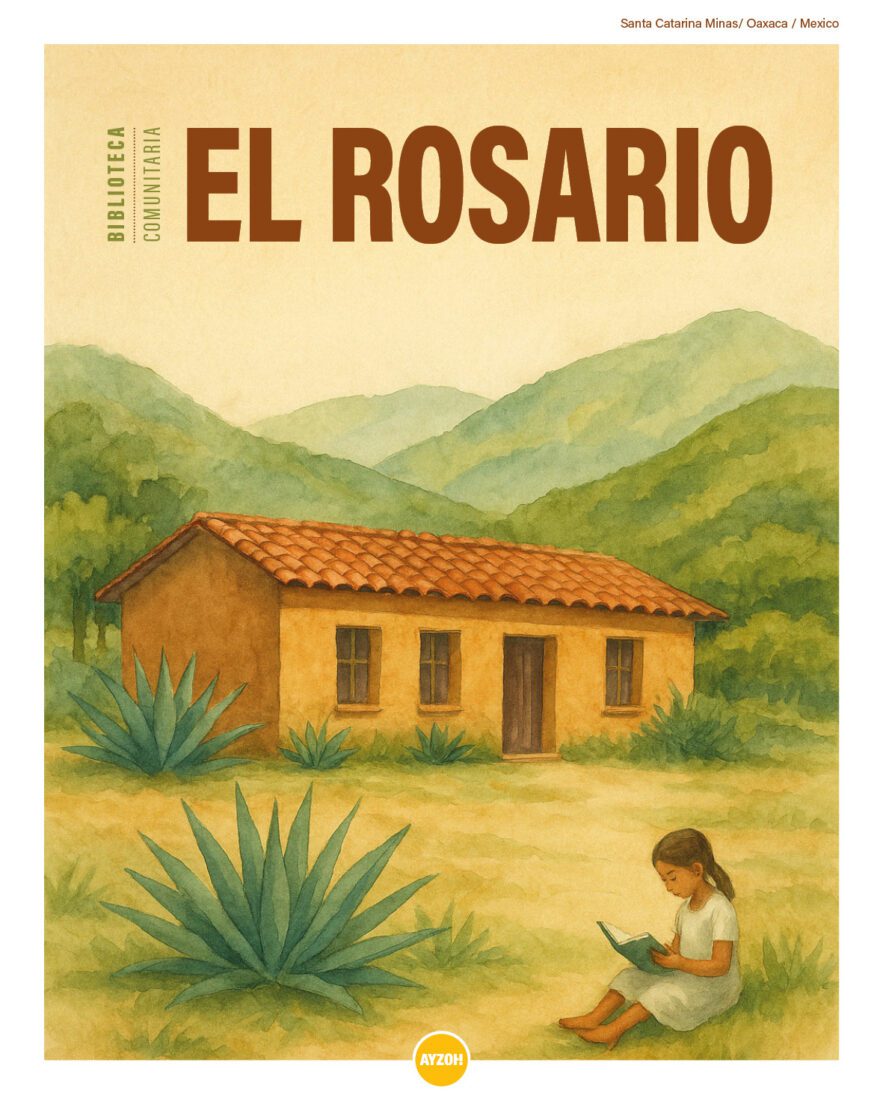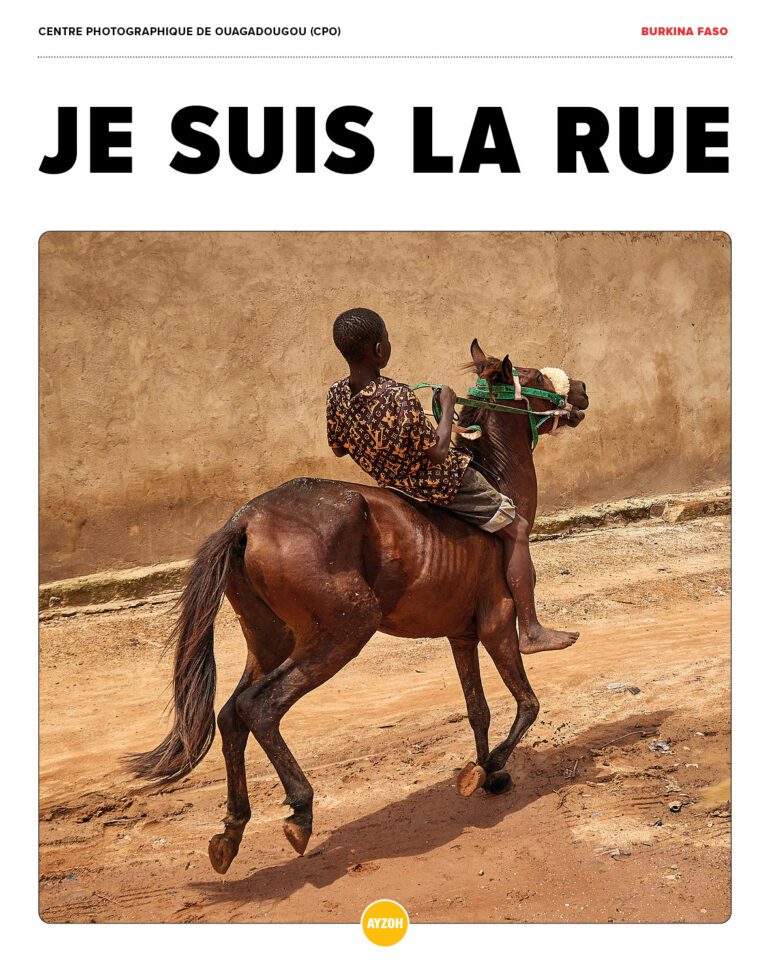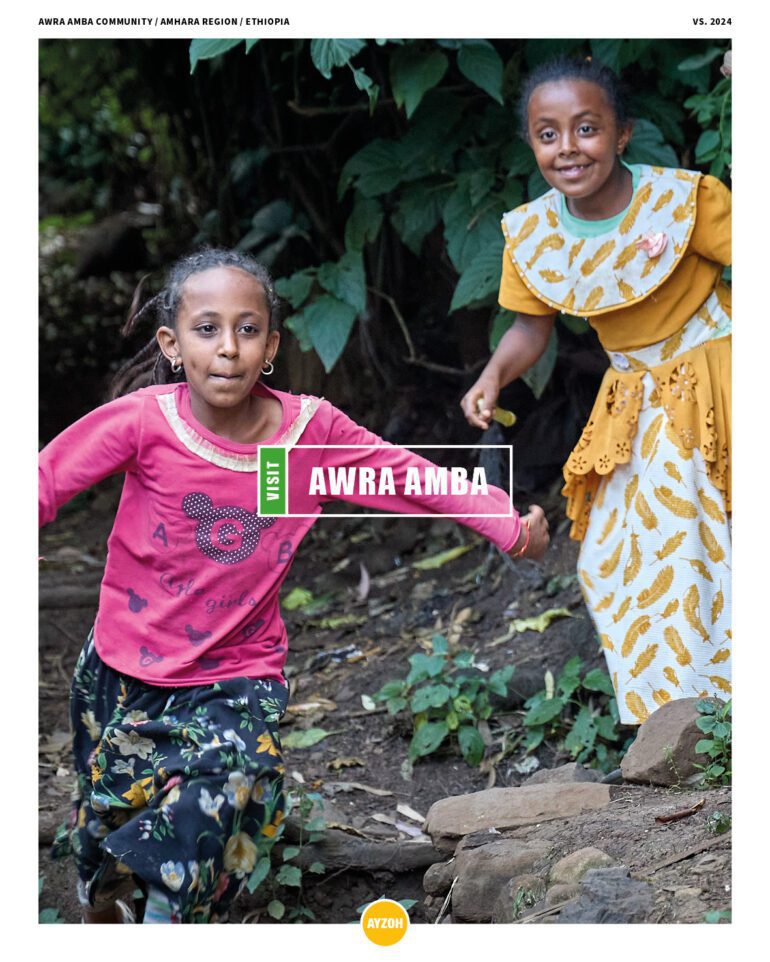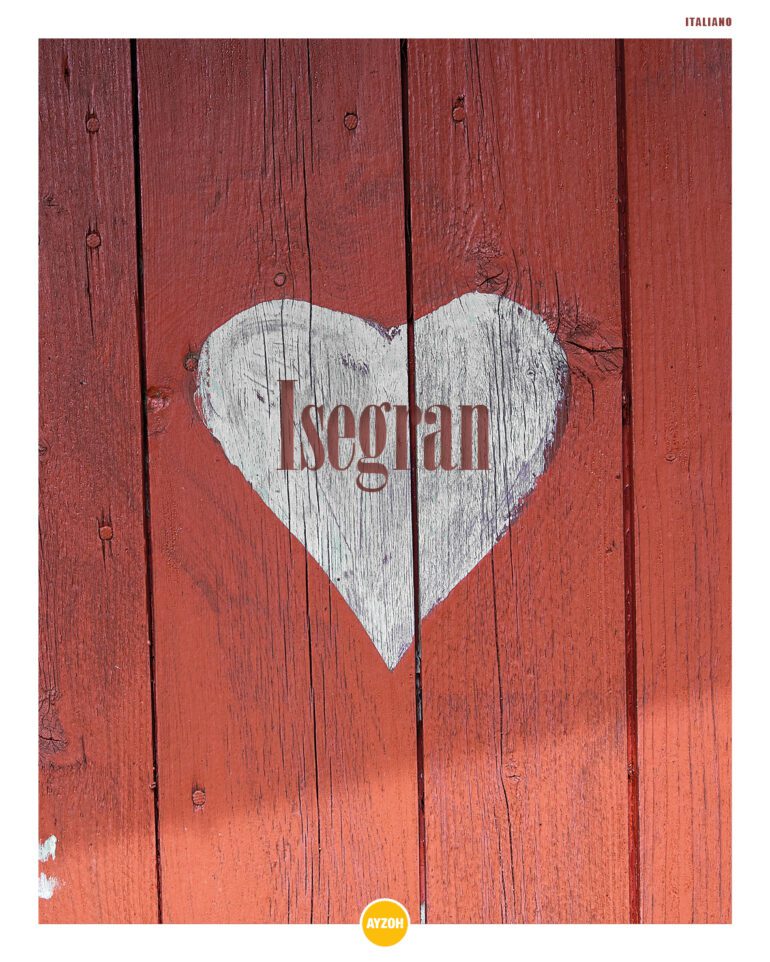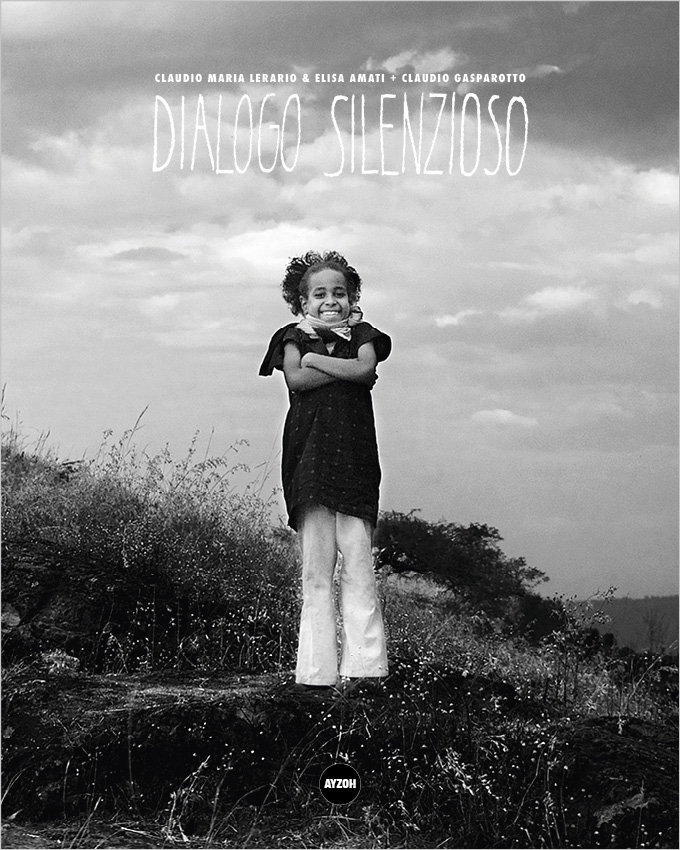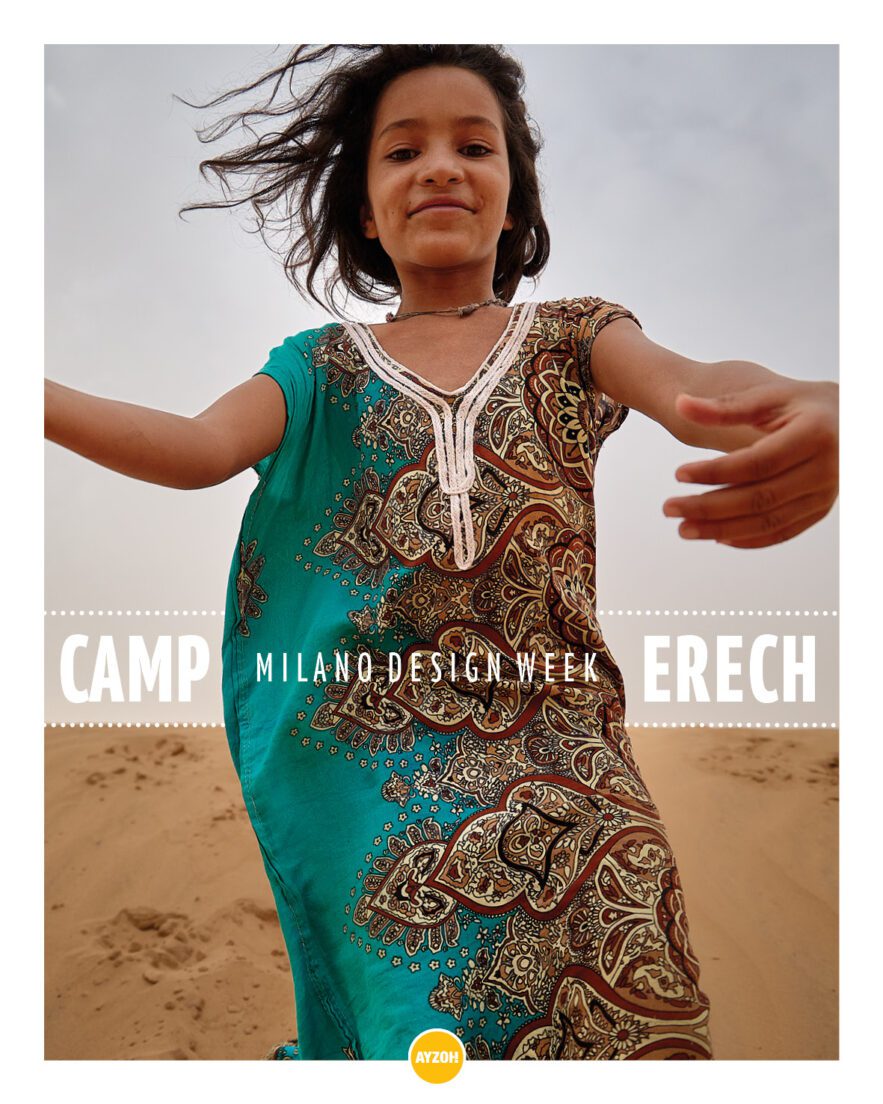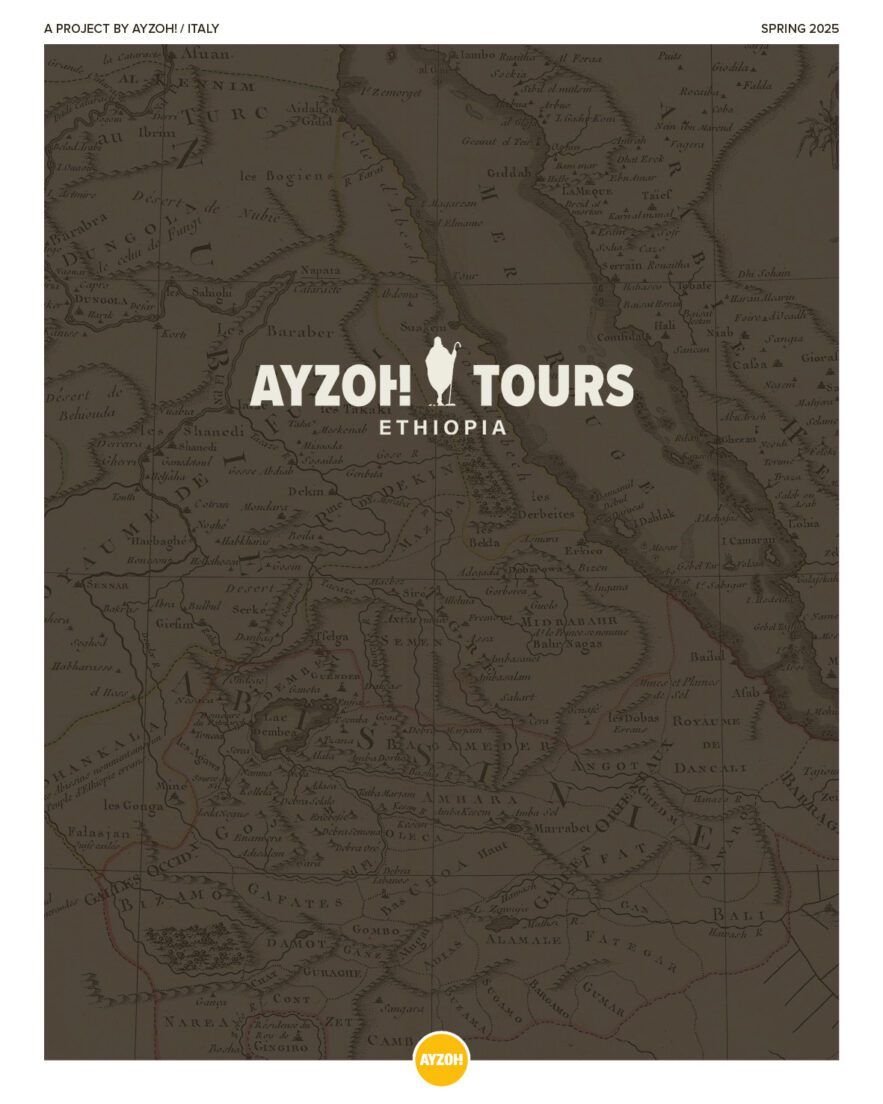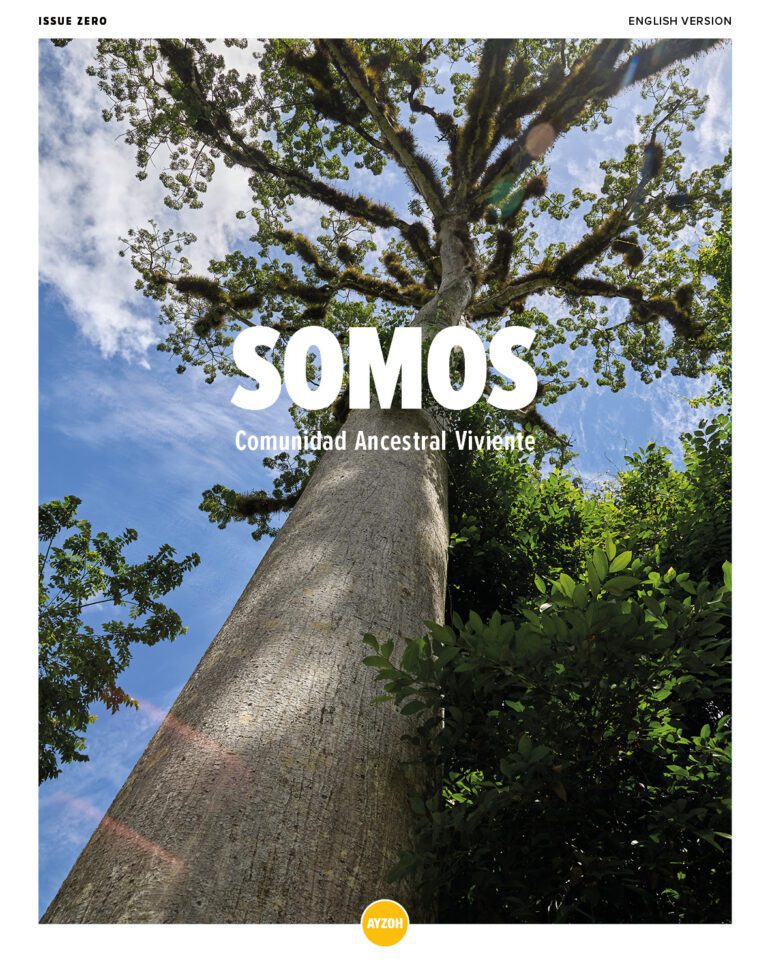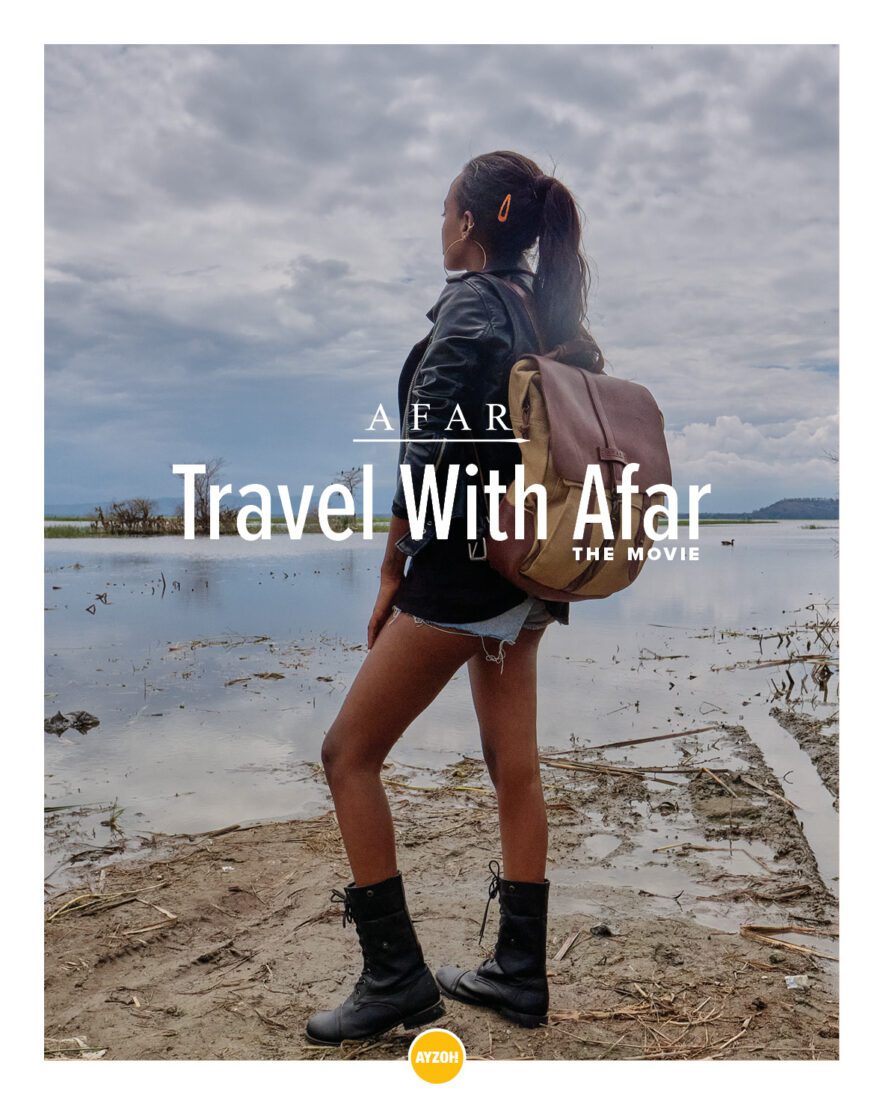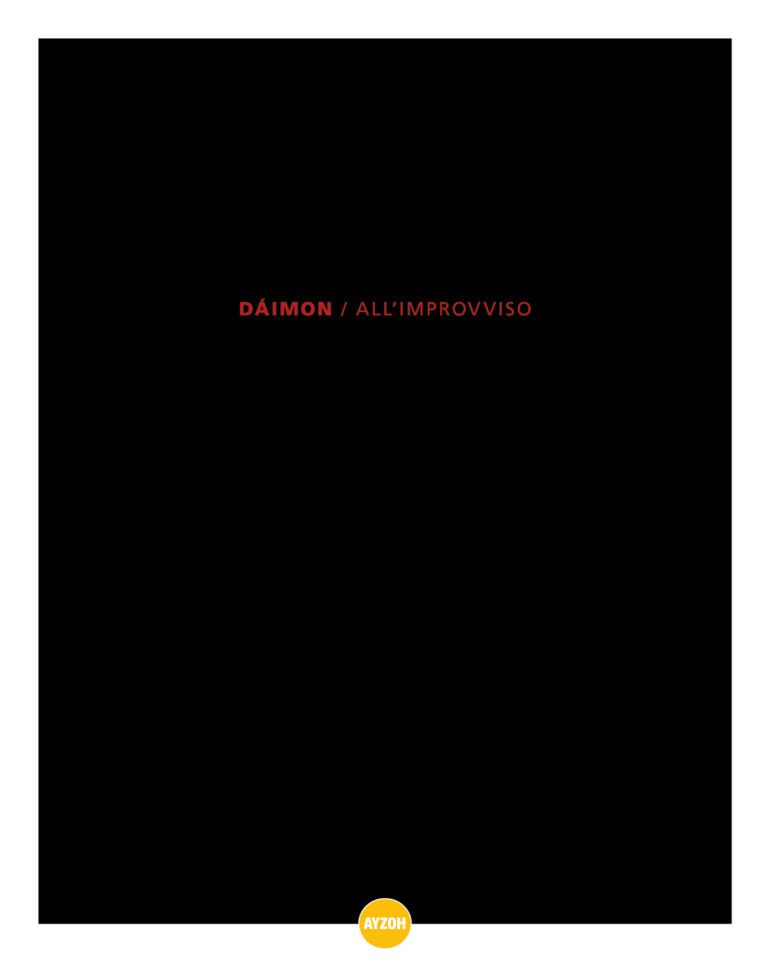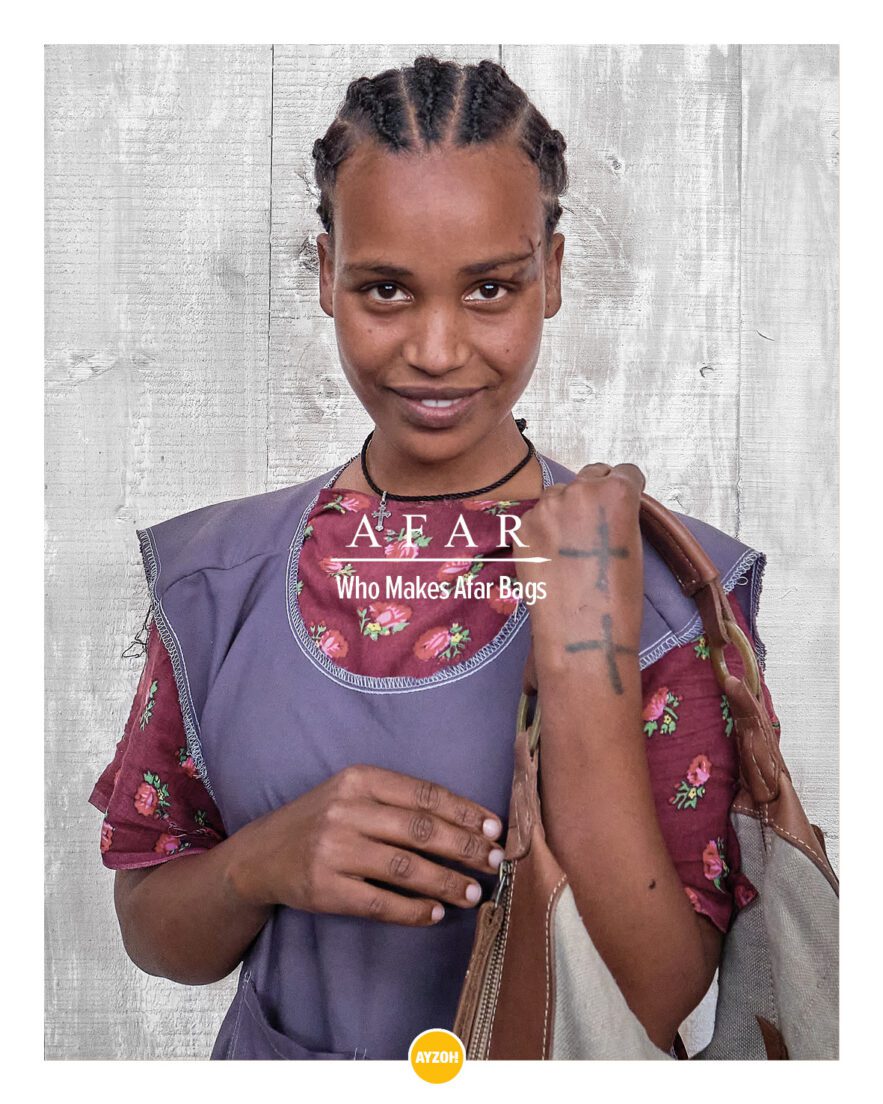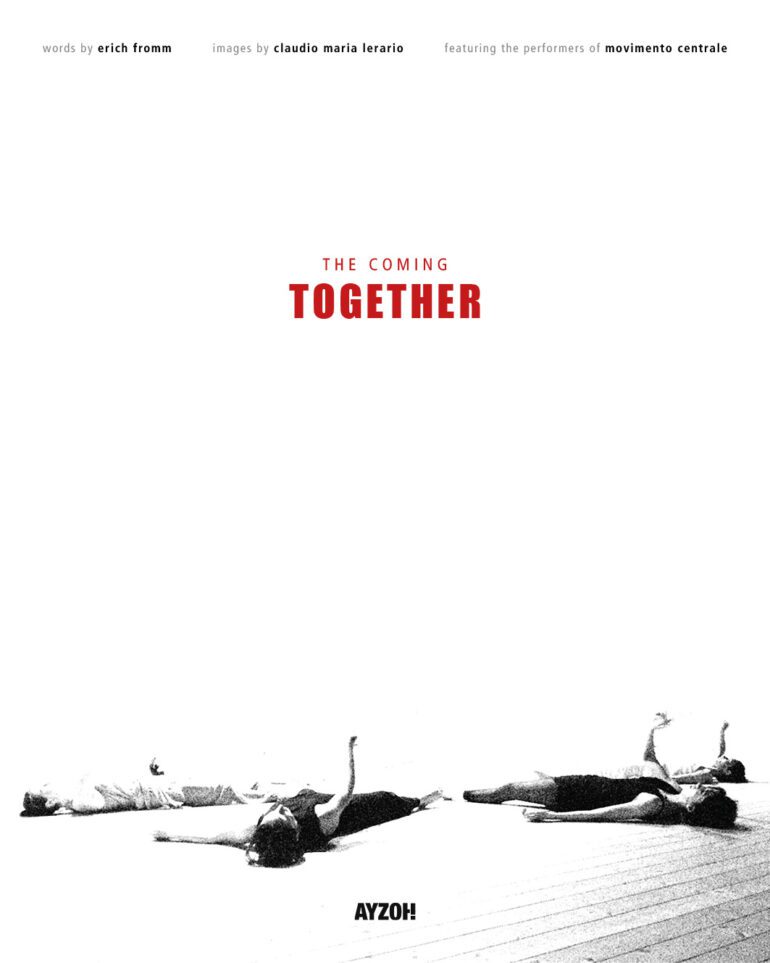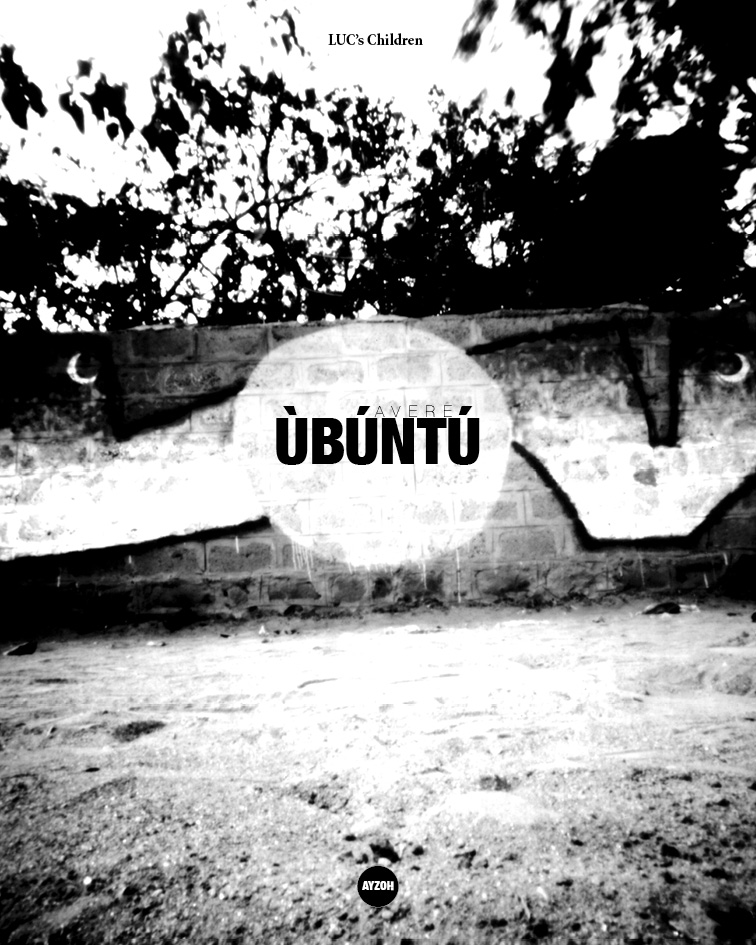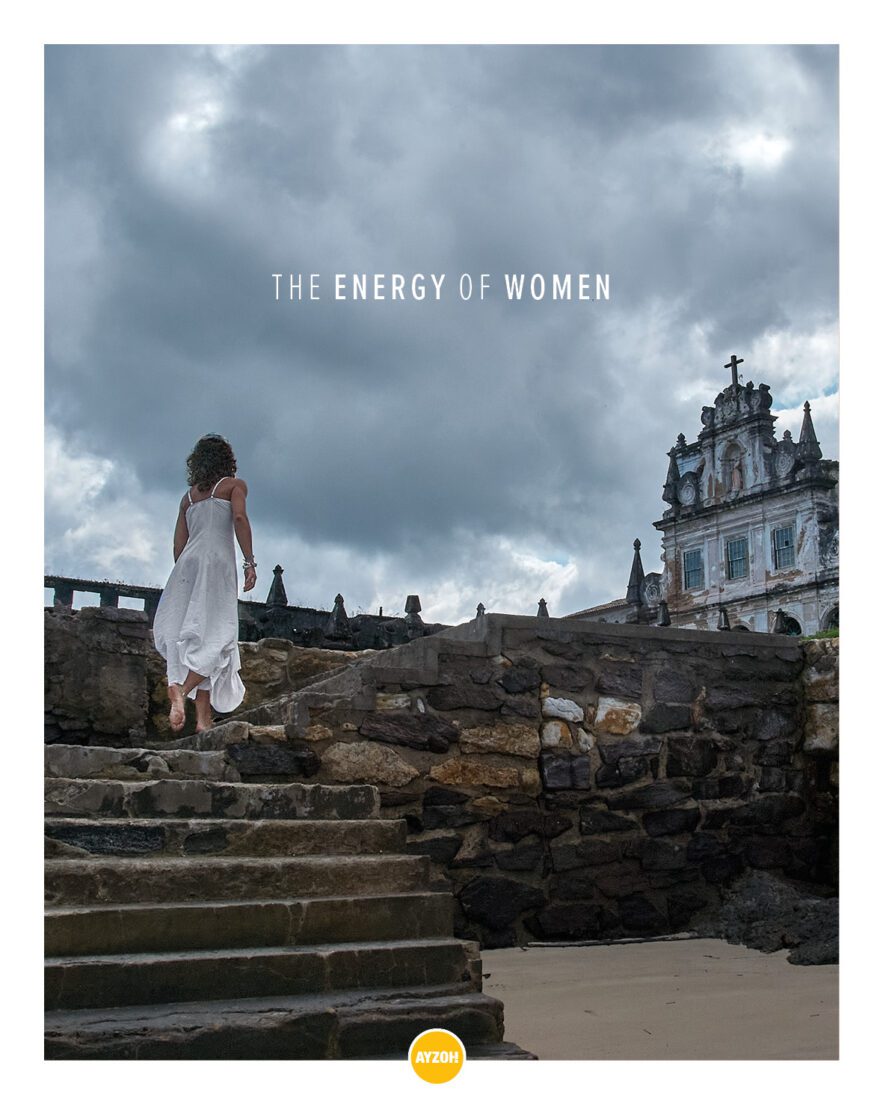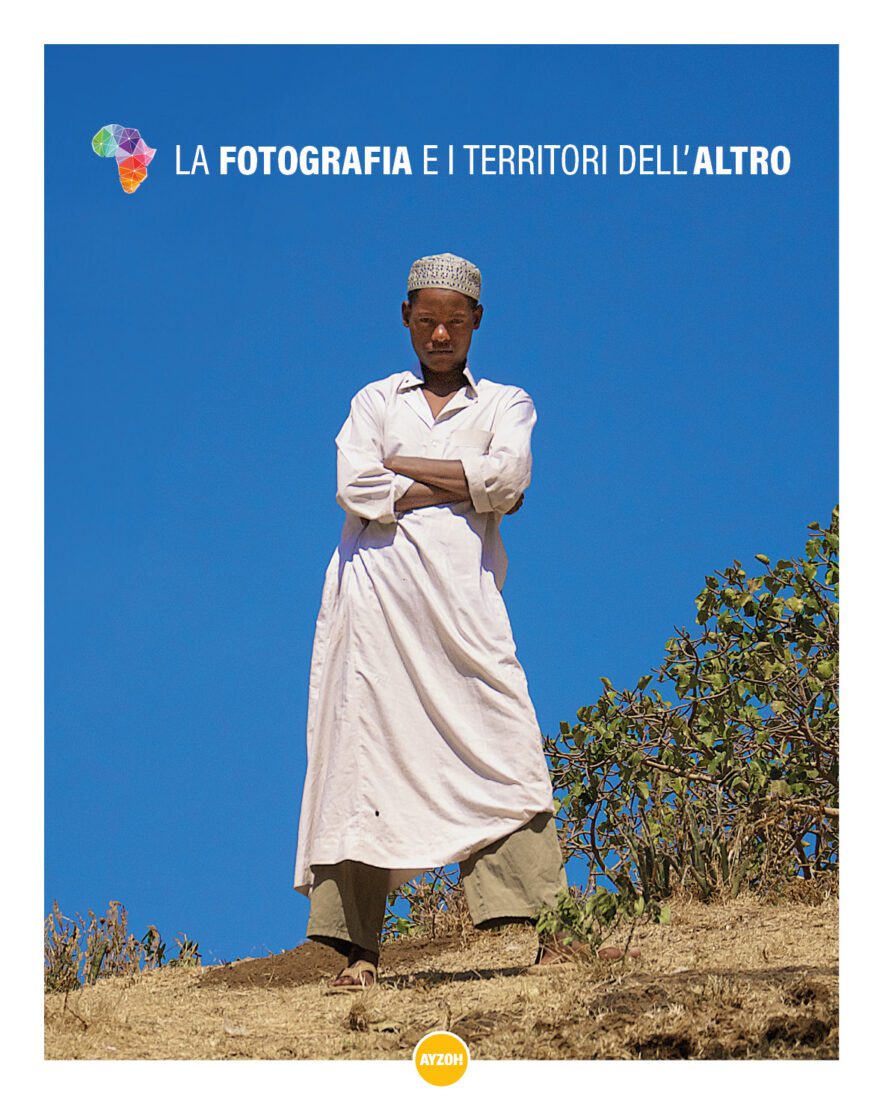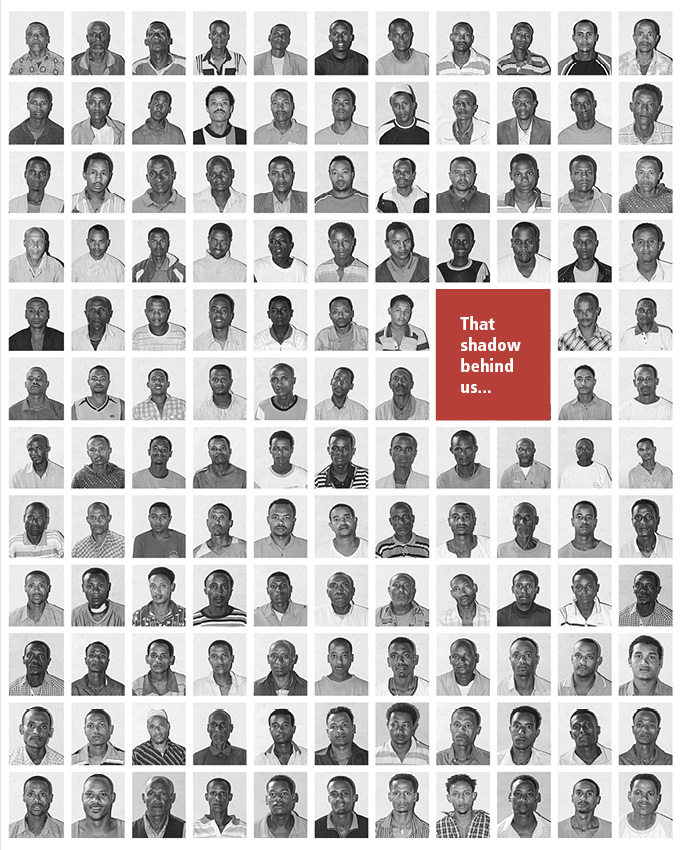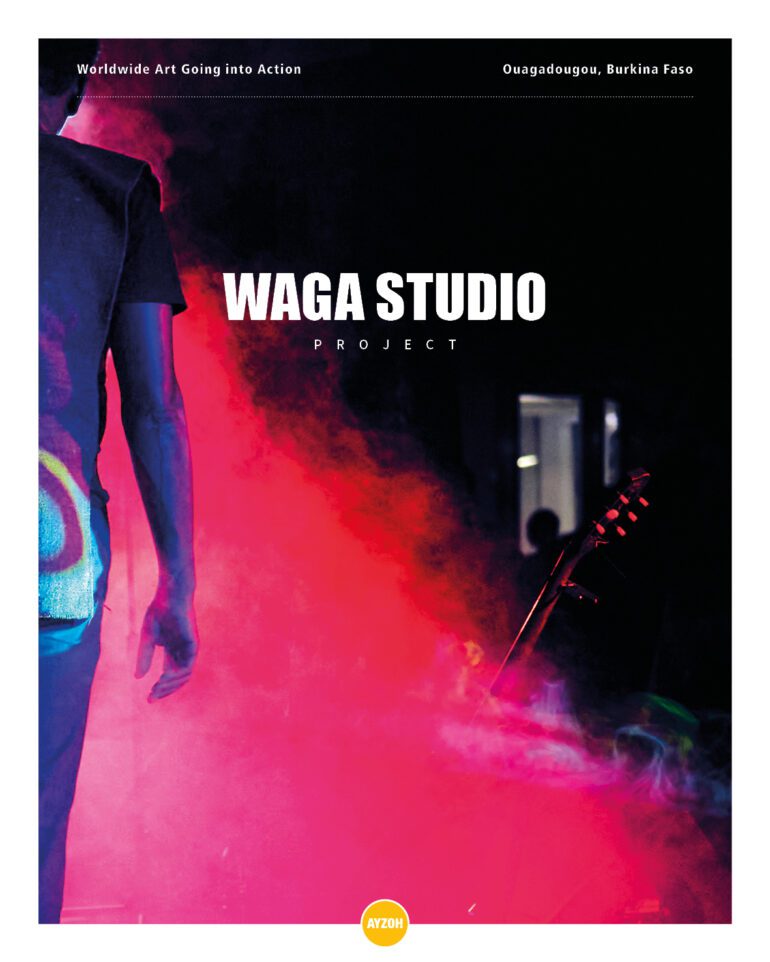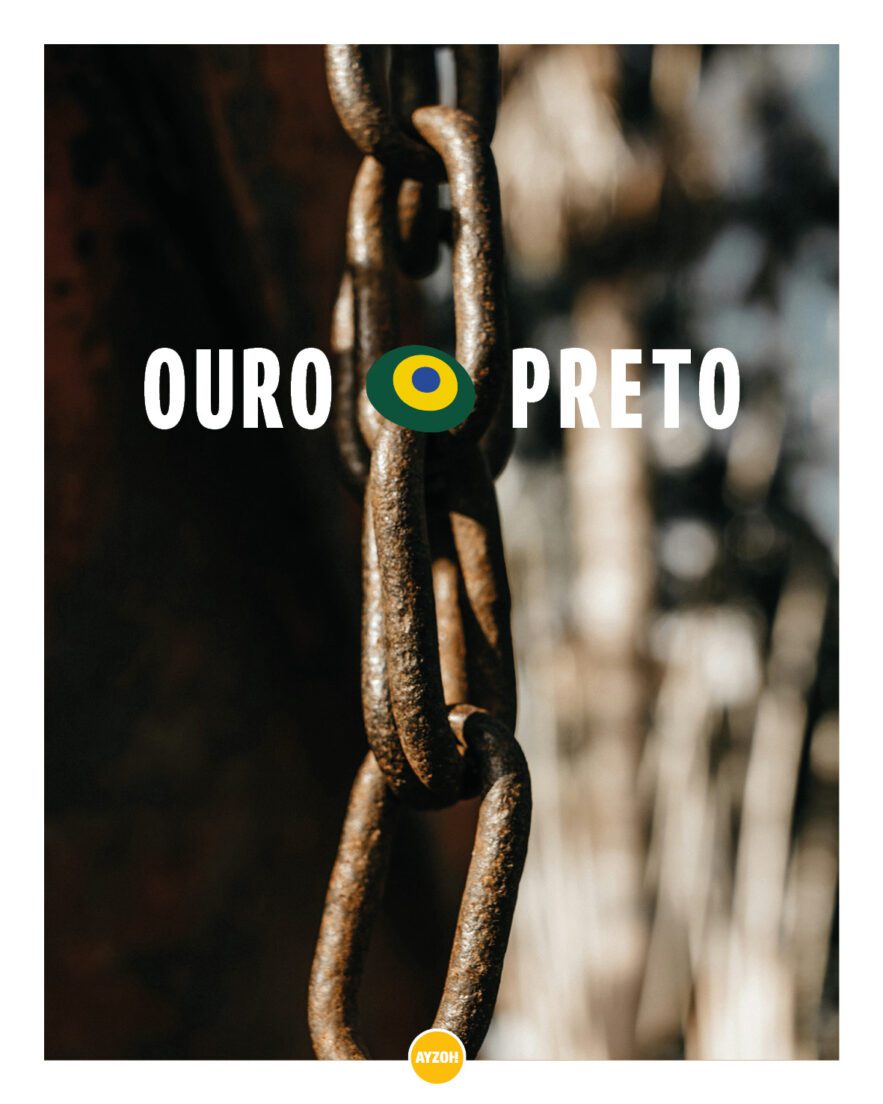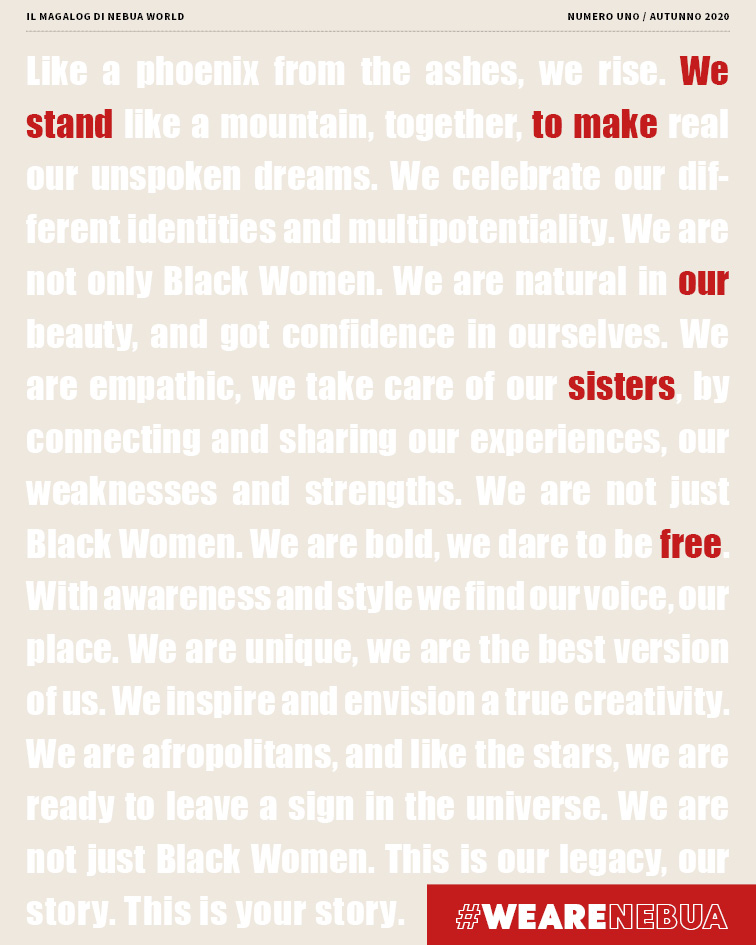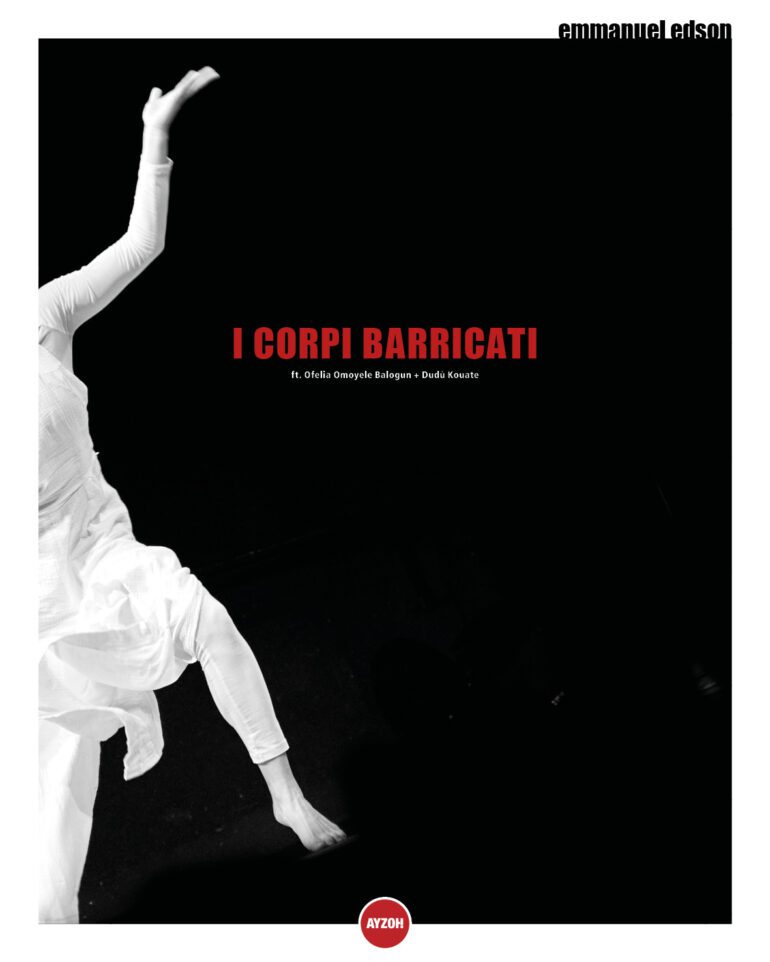Members of the Vadoinafrica community know that visibility matters. Whether you’re sharing a project, promoting an initiative, or raising awareness, including one or more photographs can help slow the scroll—drawing the eye, sparking interest, anchoring attention. A good image can make a message linger / read the handbook
But here’s the challenge: Many of the projects shared within this vibrant, 13,000-member network — whether entrepreneurial, nonprofit, or somewhere in between — are aimed at individuals facing hardship, transition, or systemic injustice. And in these situations, the pursuit of visibility can come into conflict with the ethical imperative of fair and dignified representation.
Even with the best intentions, it is never acceptable to reduce a person to a category: poor, vulnerable, sick, victim. Each of these labels, once visualized, risks turning someone’s complexity into a narrative shortcut—easier to share, but harder to correct.
Africa, the Gaze, and the Responsibility of Framing
Since our shared focus is on the African continent, the risk becomes even sharper. Too often, images perpetuate the classic polarities: 1. the “suffering Africa”, in urgent need of saving; or 2. the “joyful Africa”, ever-smiling and colorful, reduced to aesthetic or emotion.
Neither tells the whole story. Both flatten lived realities. And both can be co-opted—fueling outrage, attracting pity, or serving political agendas that do not benefit the communities depicted.
But photography can do more. It can be a tool of connection. A gesture of empathy. A mirror of shared humanity, in all its contradictions and dignity.
Why This Handbook?
Photography isn’t a central pillar of Vadoinafrica. But visual storytelling touches nearly every project within the network. That’s why we felt the need to open this space for reflection—and to do so not with theory or condemnation, but with practical tools.
This handbook offers a framework for more conscious photography:
- real-world examples
- short descriptions of common challenges
- suggested solutions for more respectful and effective visual communication
It’s not a definitive guide. It’s a starting point. A way to photograph with rather than about. A way to tell stories without erasing people.

